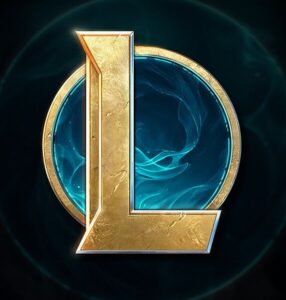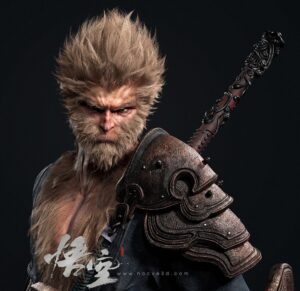Reimagined, Not Just Remade: “Dragon Quest VII” Gets a Modern Makeover
Popular Now
 BeamNG.drive
BeamNG.drive
 Grand Theft Auto VI
Grand Theft Auto VI
 R.E.P.O
R.E.P.O
 Free Fire Max
Free Fire Max
 Poppy Playtime
Poppy Playtime
 Candy Crush Saga
Candy Crush Saga
 Geometry Dash
Geometry Dash
 Schedule I
Schedule I
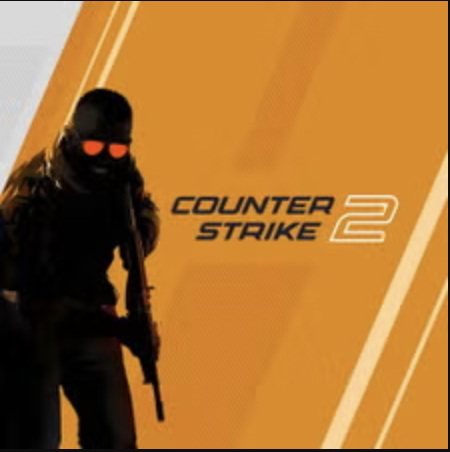 Counter-Strike 2
Counter-Strike 2
 EA SPORT FC 25
EA SPORT FC 25
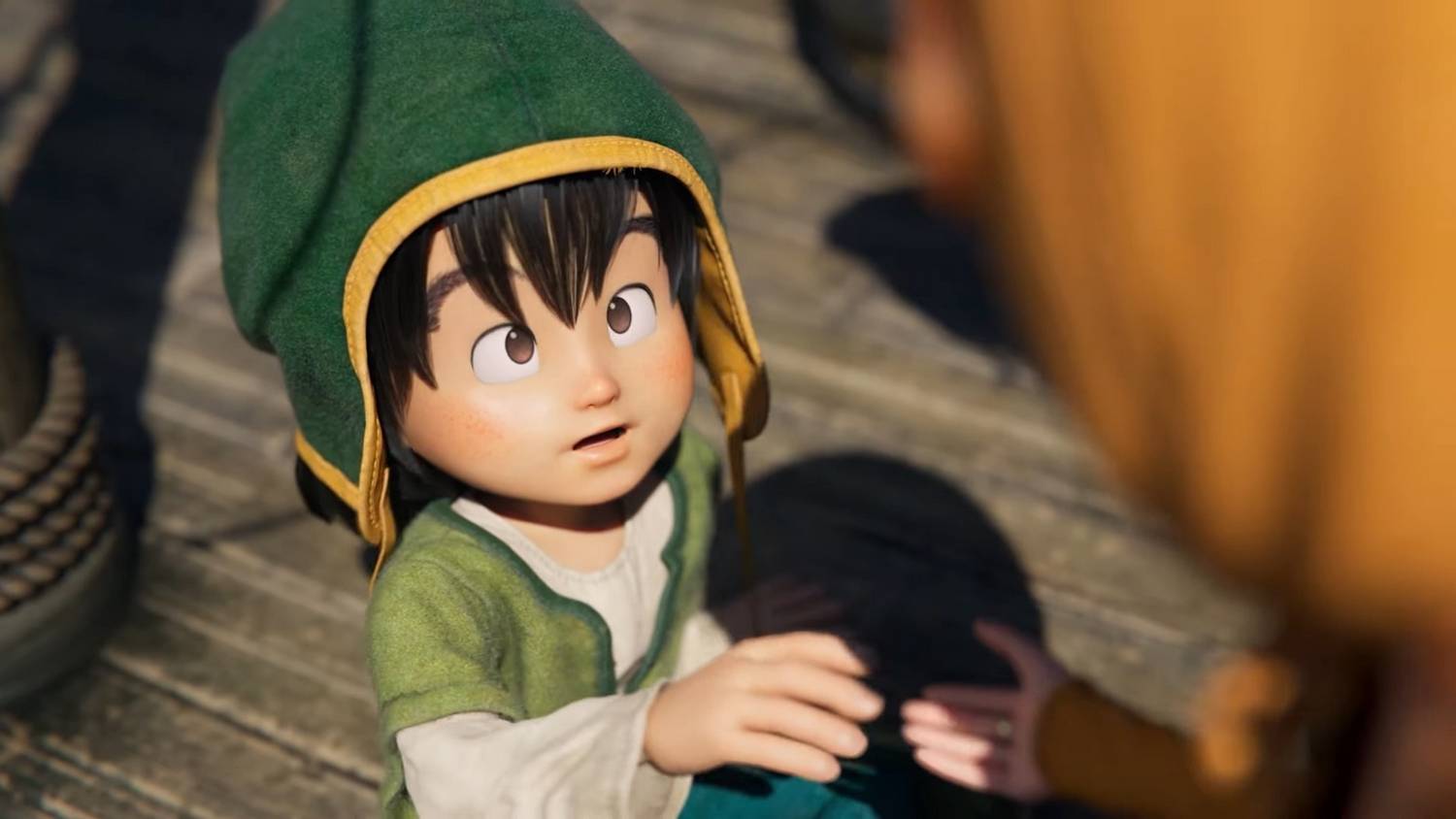 After the immense success of the Dragon Quest III HD-2D Remake and its sequels, Square Enix is doubling down on its strategy of bringing its classic JRPGs to a new generation. The company has officially announced a full-fledged remake of the massive PlayStation 1 title, Dragon Quest VII: Fragments of the Forgotten Past. Titled Dragon Quest VII Reimagined, the new game is set for a worldwide release on February 5, 2026, on a wide range of platforms, including the Nintendo Switch 2, PlayStation 5, Xbox Series X|S, and PC. This marks a new direction for the publisher’s remakes, as it moves away from the popular HD-2D style and opts for a completely new, “hand-crafted” visual aesthetic.
After the immense success of the Dragon Quest III HD-2D Remake and its sequels, Square Enix is doubling down on its strategy of bringing its classic JRPGs to a new generation. The company has officially announced a full-fledged remake of the massive PlayStation 1 title, Dragon Quest VII: Fragments of the Forgotten Past. Titled Dragon Quest VII Reimagined, the new game is set for a worldwide release on February 5, 2026, on a wide range of platforms, including the Nintendo Switch 2, PlayStation 5, Xbox Series X|S, and PC. This marks a new direction for the publisher’s remakes, as it moves away from the popular HD-2D style and opts for a completely new, “hand-crafted” visual aesthetic.
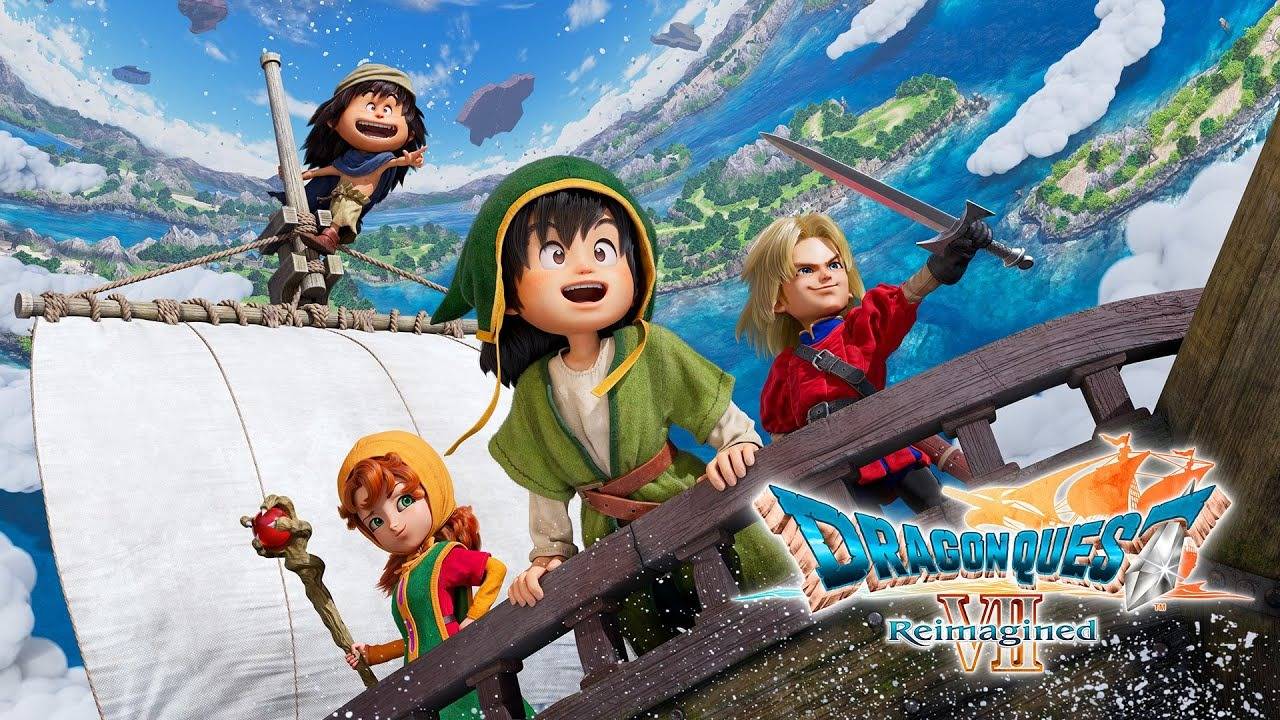 A Journey Through Time, Reborn
A Journey Through Time, Reborn
The original Dragon Quest VII was a game of epic proportions, famously taking over 100 hours to complete and featuring a unique, vignette-based narrative where players traveled through time to restore continents to their forgotten pasts. The 3DS remake in 2016 streamlined much of this content, and according to the latest details from Square Enix, this new “Reimagined” version will go even further.
The game’s official website and announcement trailers reveal a number of new features and quality-of-life improvements designed to make the journey more accessible and enjoyable for a modern audience. These include:
- Diorama Visuals: Eschewing the pixel art of the HD-2D remakes, Dragon Quest VII Reimagined features a stunning new visual style that makes the world and characters look like hand-crafted dolls or dioramas. This unique aesthetic is a beautiful tribute to the work of character designer Akira Toriyama.
- Streamlined Story: The famously slow beginning of the original game has been “streamlined” to provide a more accessible experience for new players. While purists may have concerns, this move is a clear attempt to address one of the most common criticisms of the original release.
- Overhauled Combat: The classic turn-based combat has been given a significant overhaul. Players can now see enemies on the field and preemptively strike weaker ones for an instant victory. The new “Moonlighting” mechanic allows players to equip two vocations (classes) at once, providing a new layer of customization and strategic depth to the game’s iconic job system.
- Quality of Life Features: The remake will include modern conveniences such as faster battle speed, an auto-battle feature, and a redesigned UI for easier access to information.
A Strategic Move in a Competitive Market
The decision to remake Dragon Quest VII is a bold one. The original game, while beloved, is not as widely known in the West as Dragon Quest VIII or XI. However, Square Enix is clearly positioning this new game as a definitive and modern entry point for newcomers. The release on PC and Xbox is a significant step, a clear signal that the company is looking to broaden its audience beyond the traditional PlayStation and Nintendo fanbases.
The “Reimagined” moniker is a key part of this strategy. It tells fans that this is not a simple port but a completely new experience, a game that has been rebuilt from the ground up to be more accessible, more beautiful, and more enjoyable for players of all skill levels. The high CPC keywords for these discussions, such as “Dragon Quest 7 Reimagined release date,” “Square Enix remakes,” “best JRPGs 2026,” and “Dragon Quest VII PS1 vs. 3DS,” are a clear indication of a passionate and ongoing conversation about the future of this iconic franchise.






